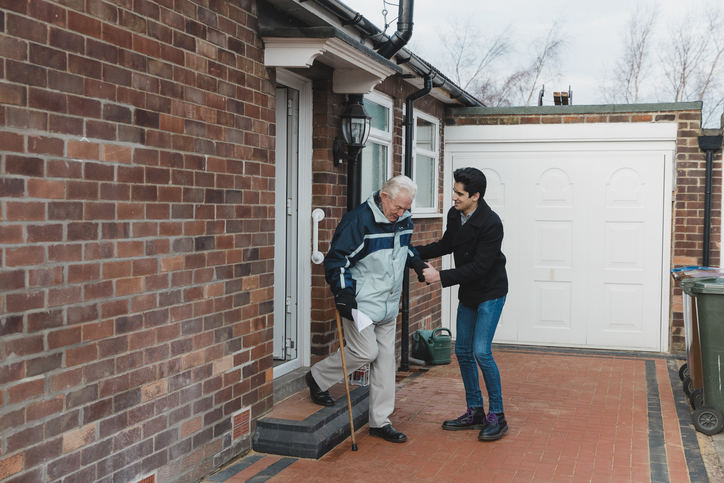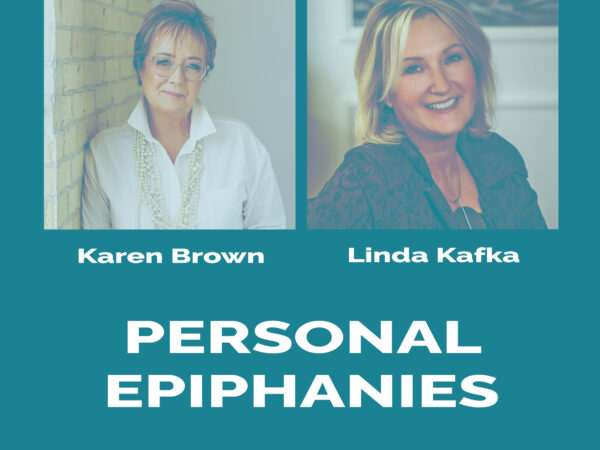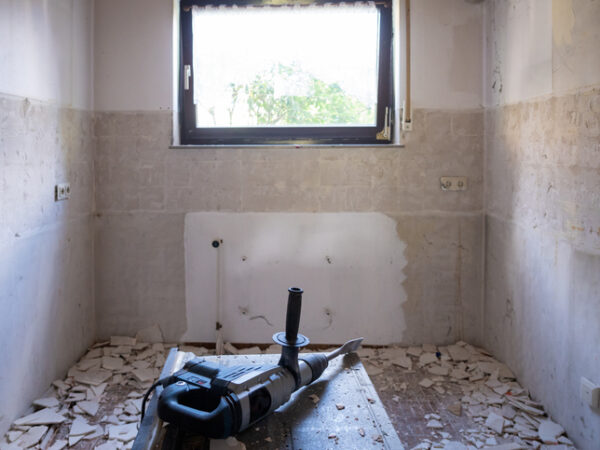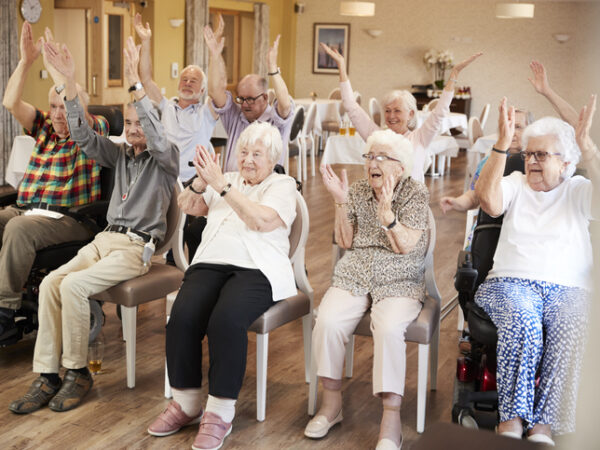The desire to age in place, maintaining independence and happiness, resonates strongly among older adults. According to a recent survey commissioned by Forbes Health, a whopping 86% prioritize independence, while 84% express contentment and happiness with aging in their own homes rather than in assisted living communities. Safety, proximity to loved ones, affordability, and the reluctance to uproot their lives all contribute to this preference.
It’s crucial to recognize the diversity within the older adult population. While many thrive in their independence, others may experience loneliness, which can have detrimental effects on health and well-being. Social isolation and loneliness are particularly concerning, with potential impacts on mortality rates, cognitive health, and mental well-being, as highlighted by research from the National Academies of Sciences, Engineering, and Medicine.
Perhaps the greatest risk of aging in place is falling. Range of motion diminishes for many as aging progresses while for others, arthritis or other disease progression can limit movement without appropriate home modifications. The potential for hip fracture or head injury, particularly if one is alone and unable to call for help, is a frightening scenario.
The inability to perform the tasks of daily living such as cooking, personal cleanliness, household chores and transportation to and from shopping or appointments are of concern to roughly one-third of survey respondents.
Alternatives to aging in place, such as independent or assisted living communities, memory care facilities, and skilled nursing care, offer varying levels of support and community living. Despite these options, a significant proportion of older adults express apprehension about transitioning to alternative housing arrangements. This worry tends to decrease with age, with older adults feeling more content about considering different housing options as they grow older.
Ultimately, the decision about where and how to age is deeply personal and varies among individuals. While aging in place offers a sense of familiarity and autonomy, it’s essential to address the potential challenges, such as loneliness, and explore alternative housing options that may provide necessary support and community engagement. As the aging population continues to grow, understanding these preferences and concerns becomes increasingly vital in shaping supportive and inclusive environments for older adults.






Add Your Voice
0 Comments
Join the Discussion